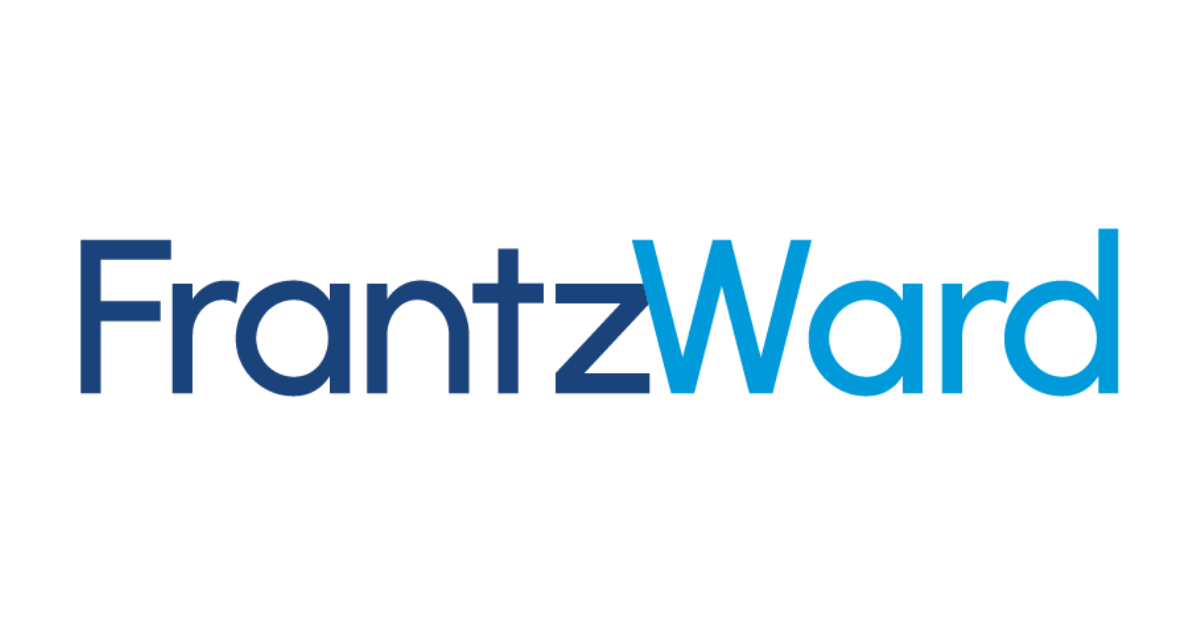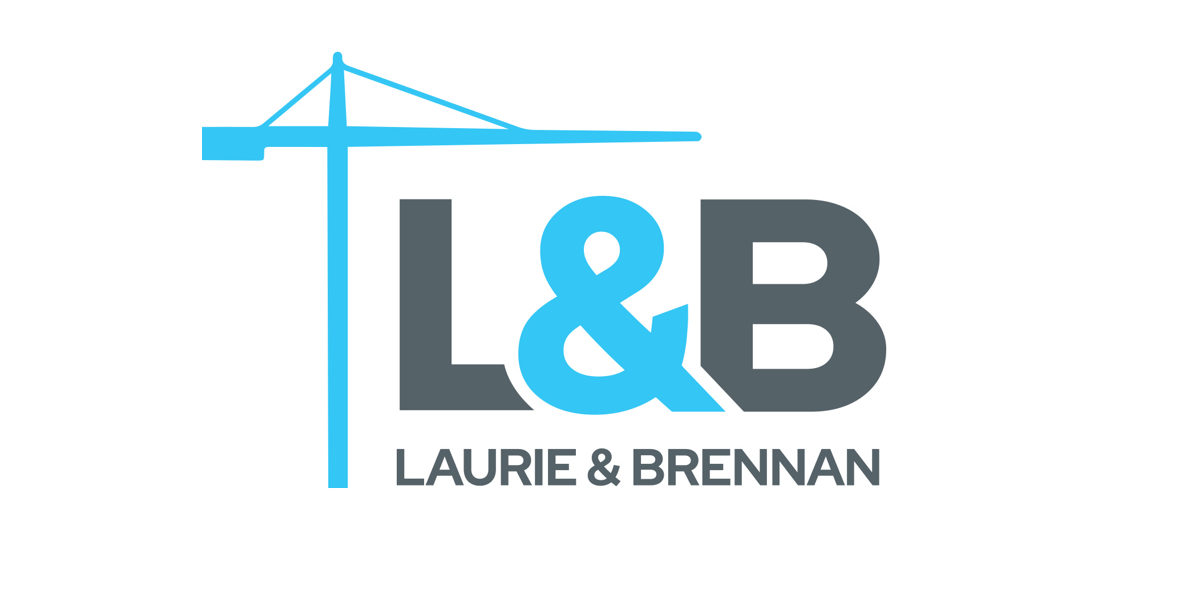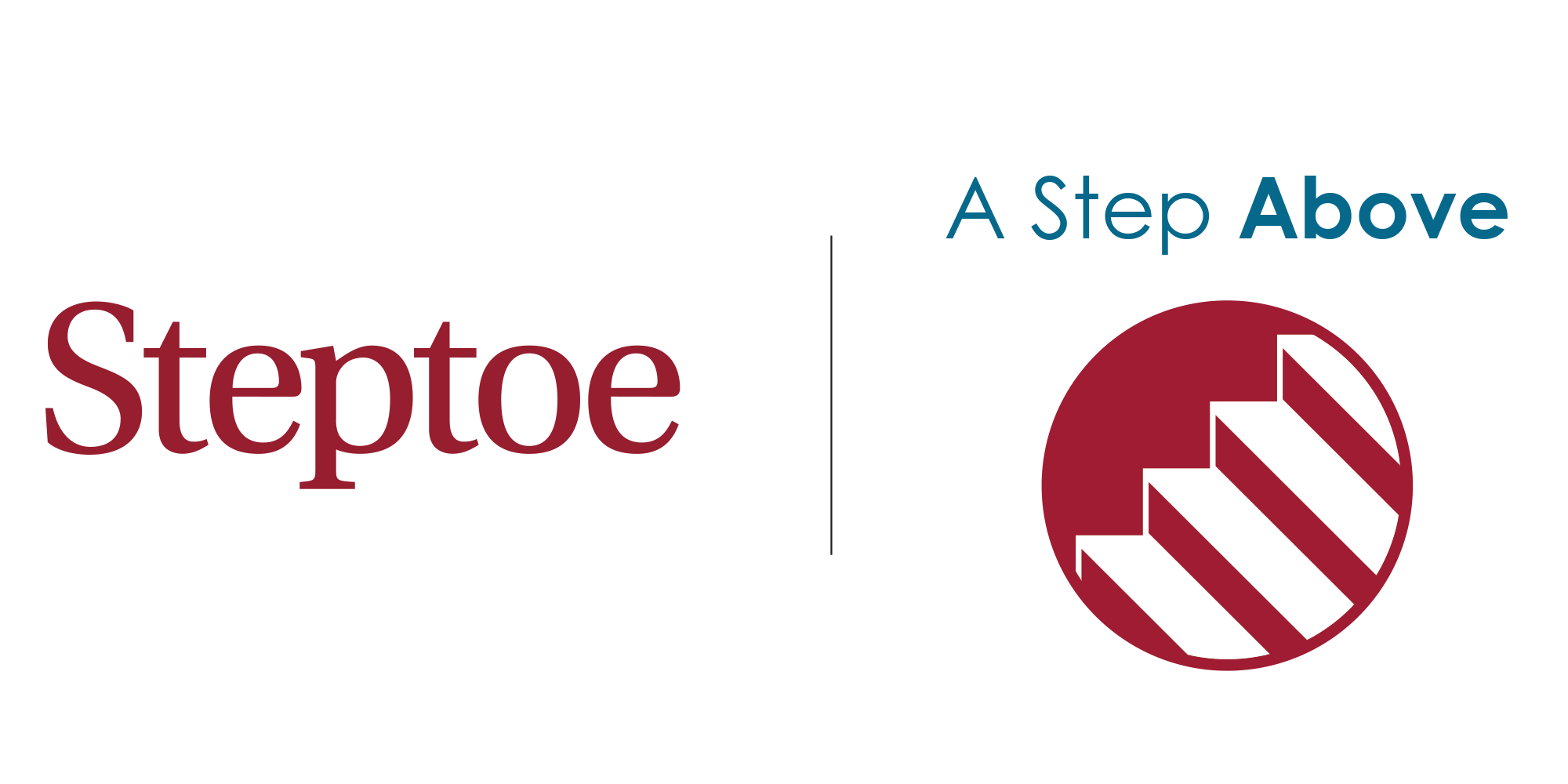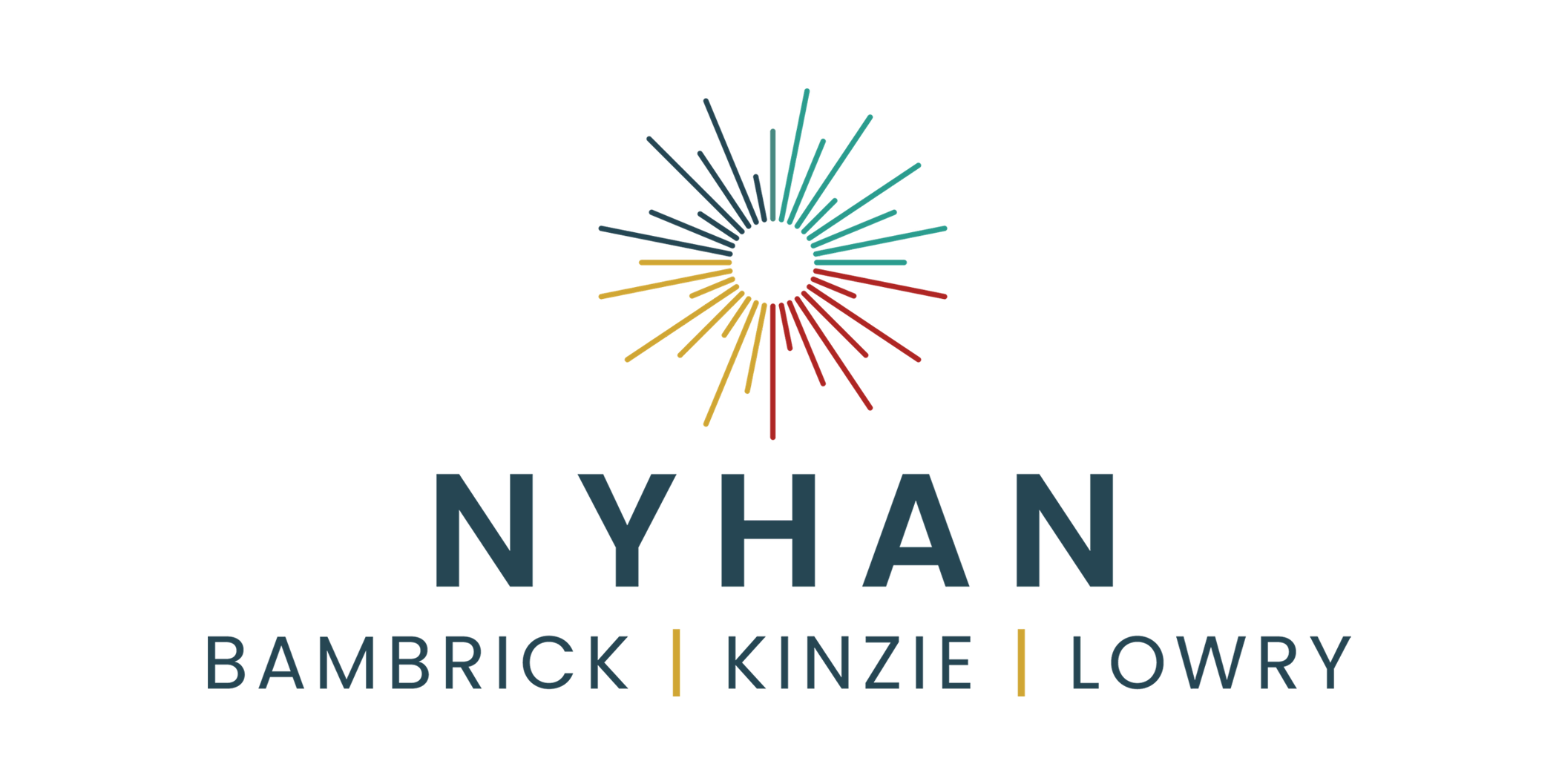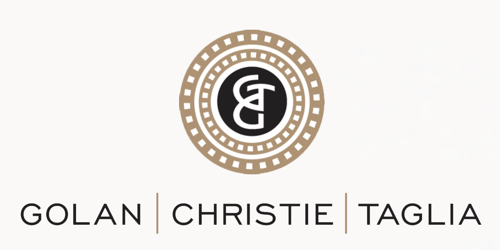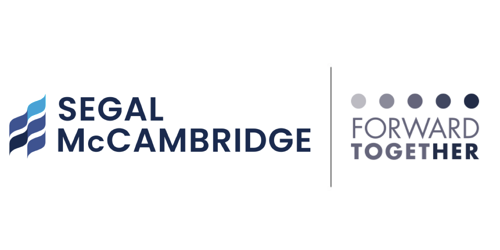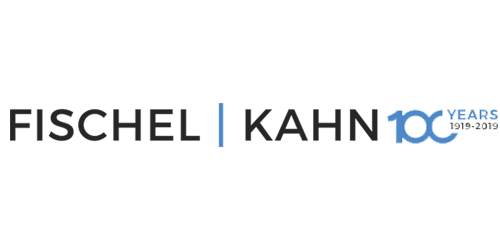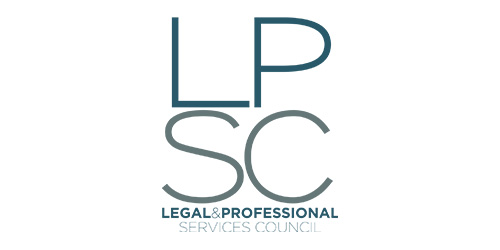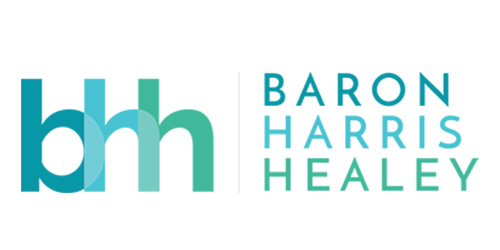Maximizing Event ROI Part 3: Turning Connections into Results

The value of an event isn’t measured by how many business cards you collect; it’s defined by what you do after the event to turn those initial introductions into relationships and opportunities.
The final installment of Builden’s three-part series on maximizing event ROI brings it all together. Part One focused on strategic preparation, while Part Two discussed techniques to show up and make meaningful connections. Part Three is the most critical and often most overlooked step: following up. This final step dives into the follow-through: the actions taken once you’re back at your desk that convert new contacts into long-term, valuable connections.
1. Follow Up or Don’t Go in the First Place
You’ve done all the work to make the most of your attendance at the event, but none of that will matter without thoughtful follow-up. Within a few days of returning, reach out to those with whom genuine connections were made. The goal is to keep the conversation going while the interaction is still top of mind.
Here’s an easy framework to guide your outreach:
- Had a Great Conversation? “I wish we had more time to talk.” → Schedule a call, Zoom or coffee.
- Didn’t Get to Talk? “I wish we had connected.” → Schedule a call, Zoom or coffee.
- Missed Them Altogether? Not Sure if They Attended? “I missed you at the event.” → Schedule a call, Zoom or coffee.
Don’t stop there — follow through on any next steps you promised, whether that’s an introduction, resource or follow-up question.
2. Leverage LinkedIn to Strengthen New Connections
LinkedIn is one of the most powerful tools for nurturing post-event relationships. Instead of a quick, impersonal connection request, take a few extra minutes to personalize your outreach and stay visible in meaningful ways.
There are several ways to make the most of LinkedIn post-event:
- Personalize Your Request: Don’t just click “Connect.” Add a short note that references your conversation or the event.
- Tip: Use your computer, not your phone!
- Engage Authentically: After connecting, like or comment on their posts to stay on their radar.
- Share Your Perspective: Post a short recap of the event, highlight key takeaways or tag new contacts you met. This demonstrates thought leadership and keeps the conversation going.
LinkedIn is about continuing the dialogue in small, consistent ways that reinforce your professional relationship.
3. Build Long-Term Value
A single follow-up note is just the beginning; ongoing, valuable conversations turn that connection into a relationship. Attorneys who treat post-event engagement as a long-term strategy see the greatest return.
Consider these simple ways to keep the momentum going:
- Share Relevant Insights: Send articles, firm client alerts, current events or curated insights that align with their interests.
- Invite Them to Engage: Whether you’re hosting a webinar, participating in a panel or attending a local reception, invite them to join as a natural way to stay connected.
- Follow Their Business: Stay up-to-date on company news, congratulate them on milestones and stay informed on their industry.
- Check-In Periodically: Send them a brief note every few months – even just “Hope you’re well” – to maintain a genuine connection.
Consistent, small gestures build trust and familiarity, turning one-time meetings into professional relationships.
The Bottom Line
From preparation to participation to follow-up, each stage of an event offers an opportunity to strengthen relationships and generate new business. Attorneys who pre-plan strategically, show up with purpose during and follow up after an event see the greatest return on their investment (ROI).
By treating every interaction as the start of a longer conversation, you turn conferences and industry gatherings into meaningful, measurable business development opportunities. Preparation sets the stage, in-person networking brings it to life and follow-up is where the real value begins.

